Photos App for OS X: Top 8 Features
Apple's free Photos app for OS X brings iCloud syncing, better navigation and powerful yet easy editing tools to Macs this spring.
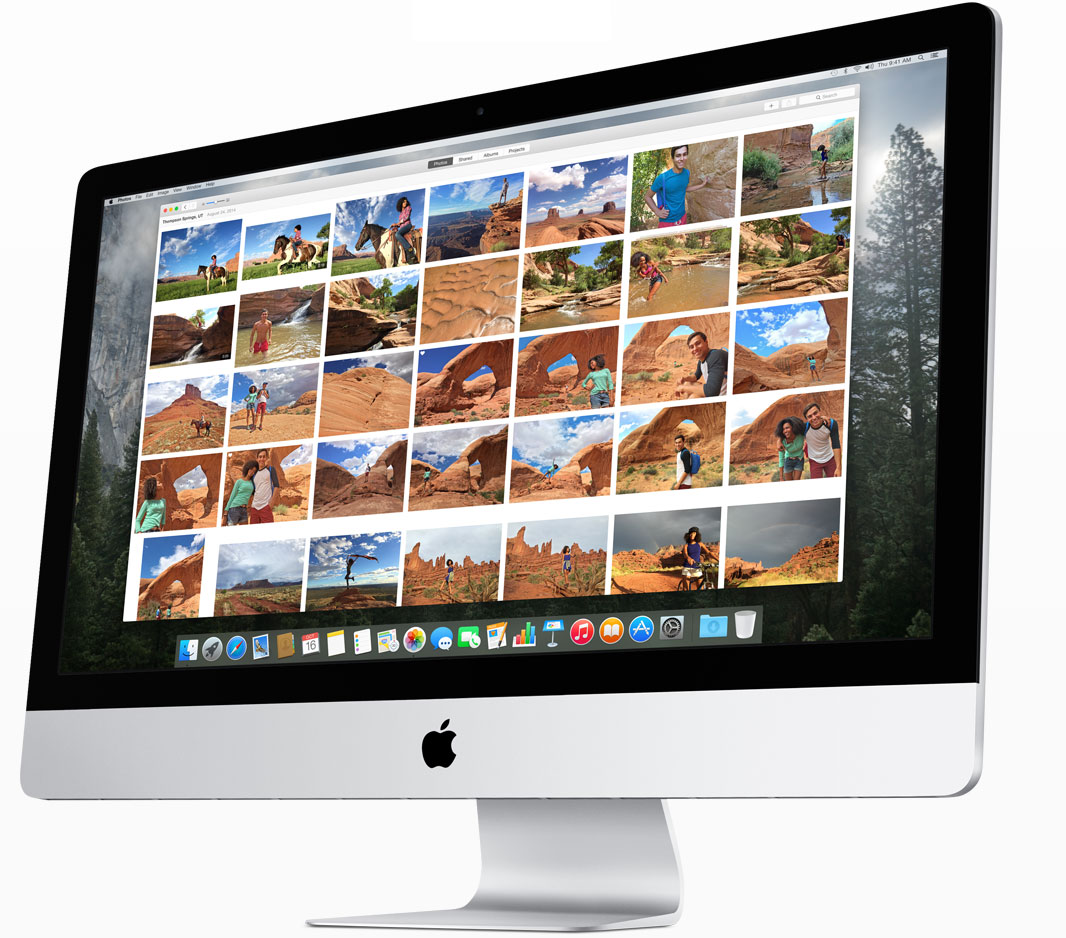
When OS X Yosemite version 10.3.3 arrives this spring, it will bring to Macs a powerful, free image-editing and -organizing application called Photos. This replaces the iPhoto program that has come with Mac operating systems for years, as well as Apple's higher-end Aperture program. The new Photos for OS X app will add better editing functions and organizing capabilities. iCloud syncing with your Mac will let you access your entire photo library from all your Apple devices, wherever you are. (You can also access iCloud from a PC, but only to view or download images; you can't synchronize to a PC.) Here are the top reasons to get excited for the Photos app's arrival.
1) iCloud Photo Library
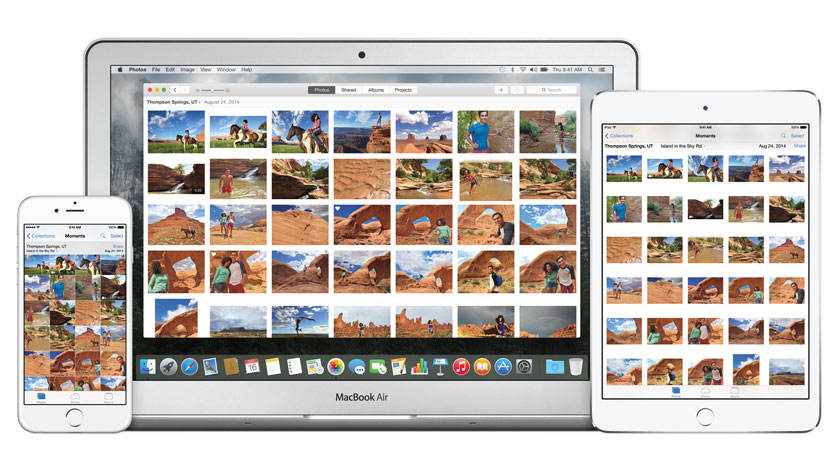
Photos will sync your pictures and videos to iCloud, letting you access the same files whether you're on your iPhone, iPad or Mac. This can provide peace of mind if your handset breaks down or your hard drive fails, since you'll have backup copies online. Edits you make to each picture will also be saved to the cloud. You'll need an iCloud account for this feature, which is free for the first 5GB. (Once you use that up, you'll have to pay $1 per month for 20GB, $4 for 200GB, $10 for 500GB or $20 for 1TB.) You can use iCloud not just for photos but also for other data such as text messages and other app backups.
MORE: Best Photo Editing Software to Perfect Your Pictures
2) Improved Interface
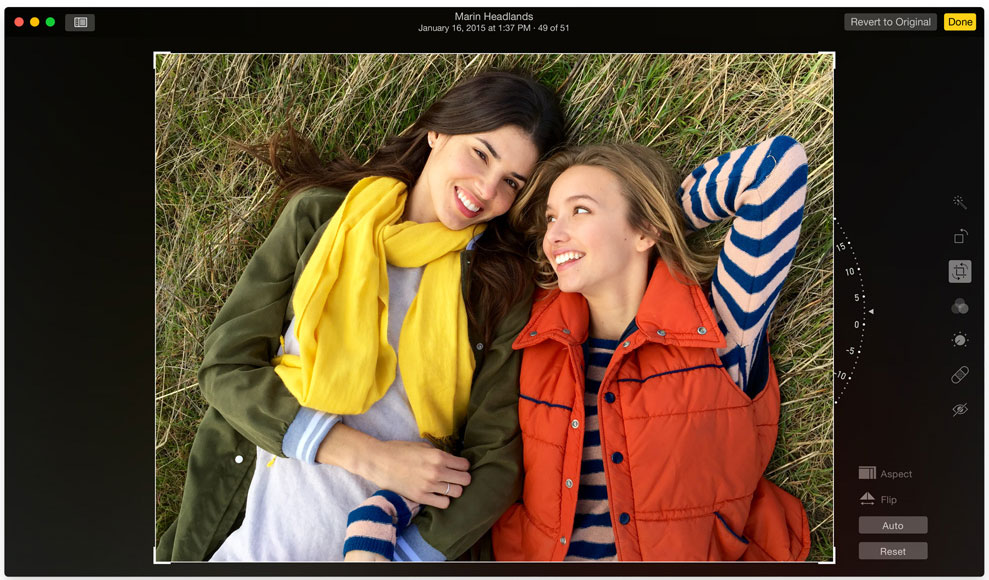
Photos is very similar to the image-editing app that debuted on mobile devices with iOS8. The new design makes it easier to go through your pictures and find the one you're looking for on your Mac. Laid out in a grid of thumbnails, your pictures will fill up the entire screen of your Mac (as opposed to having space taken up by task and menu bars). You can zoom out so far that you'll be able to see your entire image library at a glance; hovering over each thumbnail brings up an enlarged preview to help you find specific images.
3) Gesture Navigation
Your fingers will do the working with the updated app, thanks to improved gesture support on the touchpad. Getting around your photos will be as easy as pinching in on a picture to zoom out and see your entire collection. You can also use iOS actions such as double tapping to zoom in on a picture and dragging with two fingers to pan over the image, which make the editing process easier and more intuitive.
4) Smart Sliders
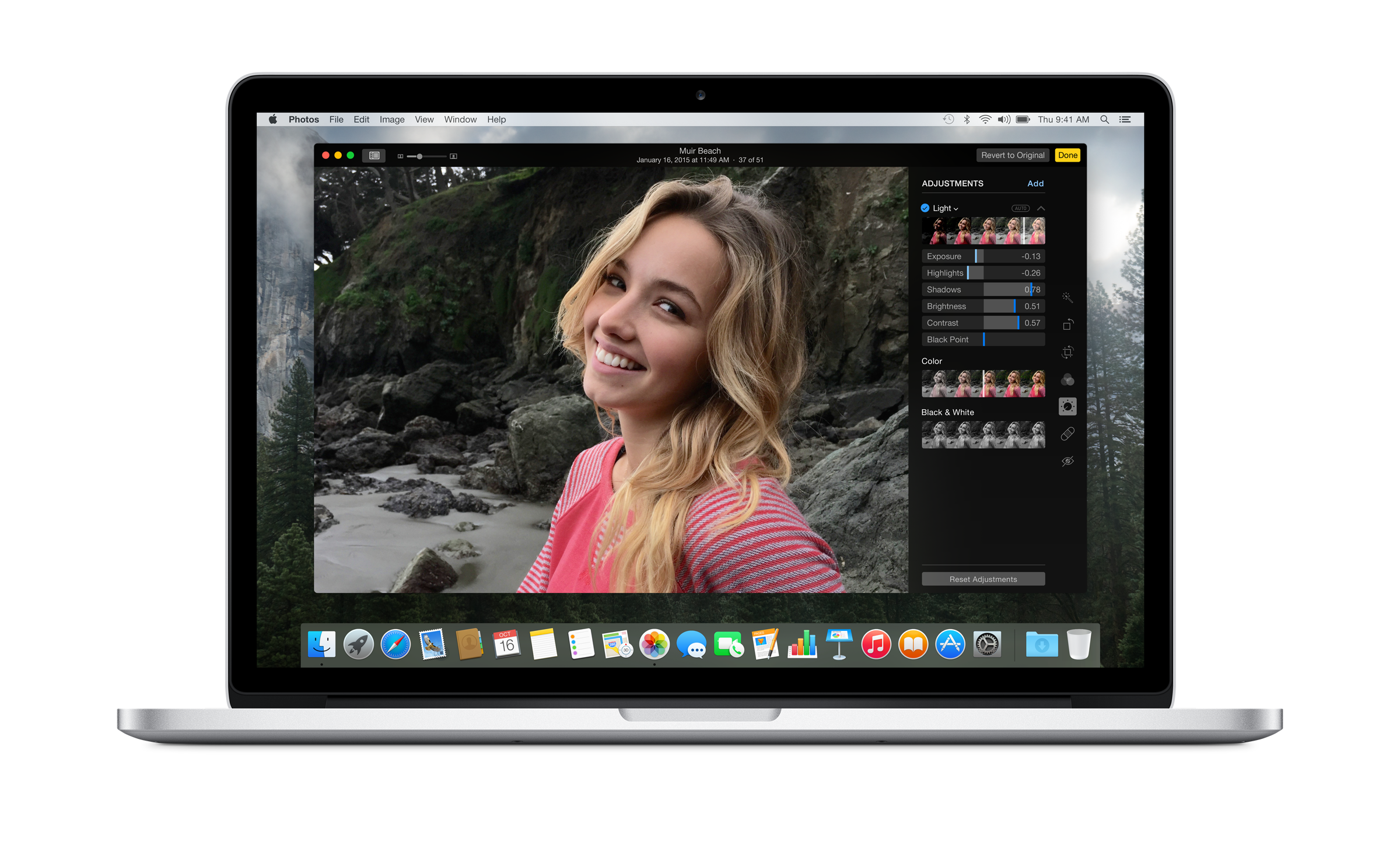
Advanced editing just became more accessible, thanks to the Photos app's Smart Sliders. When you edit one of your images, you can either tap the auto-enhance button, or choose to adjust specific settings. In the latter option, you'll get access to three Smart Sliders to control Light, Color, and Black and White. Dragging the dial on one of these spectrums changes a variety of more advanced levels. For instance, using the Light slider changes settings such as exposure, brightness, contrast, highlights and shadows, without you having to figure those terms out. Apple's algorithm analyzes your picture to fix those properties.
5) Precise Editing Controls
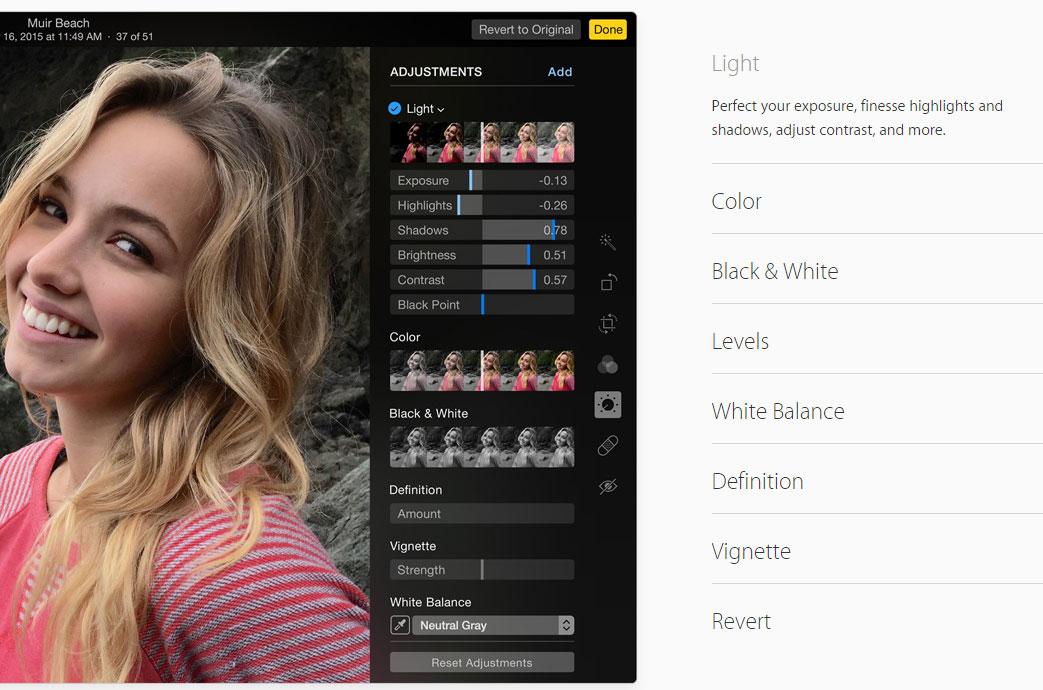
For those who want more say over finer aspects of their images, Photos for OS X offers individual sliders that control advanced settings such as highlights or shadows. This is the same as in the mobile app. In addition to the tools you get on the mobile version, however, you also get more powerful controls, such as noise reduction and sharpening.
Sign up to get the BEST of Tom's Guide direct to your inbox.
Get instant access to breaking news, the hottest reviews, great deals and helpful tips.
MORE: iPhone 6 Camera Quirks - And How to Fix Them
6) Print Products
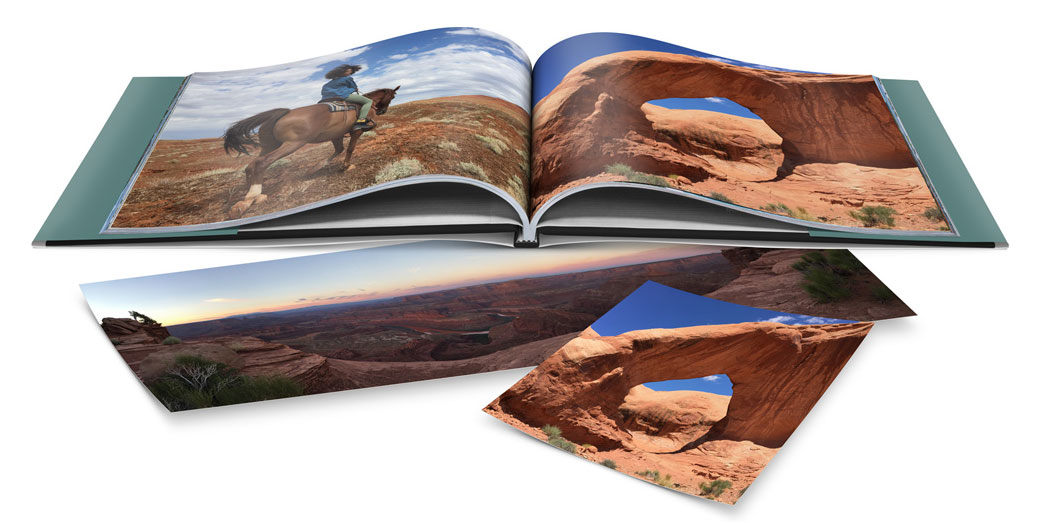
Thinking of creating a special Valentine's Day card or family calendar with your own pictures? Photos will offer templates for photo books, calendars and cards, just as iPhoto did. You'll be able to order prints (via Apple) of your final masterpiece through the app, and they'll be printed on paper with glossy or matte finishes. The auto-sized print feature lets you pick a height of up to 8 inches (20.3 cm), and the program will figure out the length based on your project's dimensions. So whether you're printing a panorama or a square Instagram tile, the print dimensions will be in the right ratio.
7) Intelligent Picture Organization
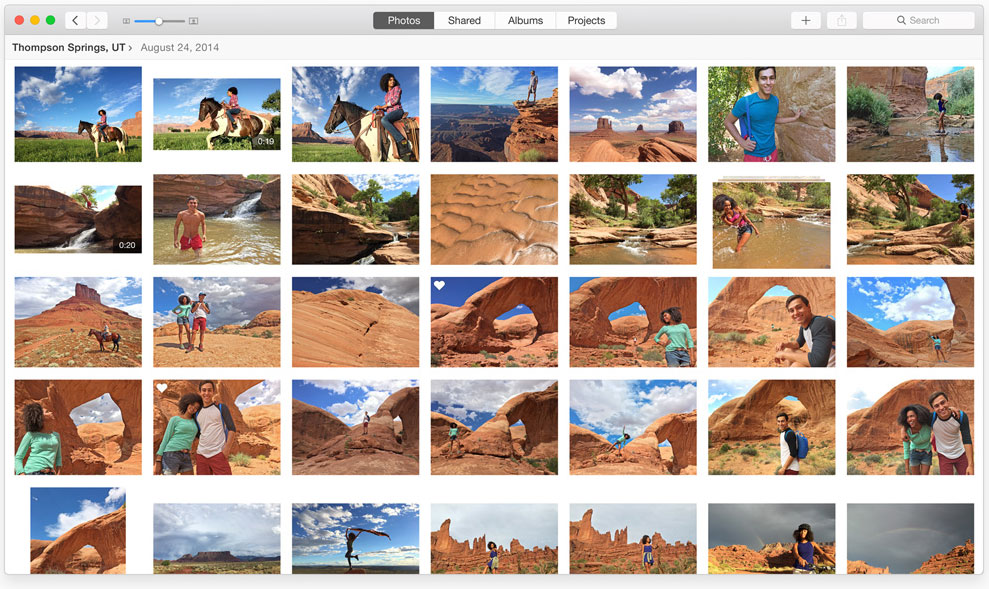
Those who already use Photos on iOS will find this familiar. Photos for OS X automatically sorts your pictures based on when and where they were taken, grouping them into Moments, Collections and Years. This will make finding that old vacation picture from your childhood much easier than scouring your hard drive for an obscure file name. Bear in mind that you'll be able to look at these images from a mobile device as well. So the organization is all the more useful when you're on the go and want to show your aunt a picture from ages ago on your phone. You can also find pictures with Faces (face-recognition) as you were able to in iPhoto.
8) Support for RAW files
Photographers will appreciate that Photos supports RAW files, so you can view and edit your DSLR pictures without having to convert them to a compressed form such as JPEG. And since you'll be working on the full version, with changes synced to the cloud, you won't lose information, as typically happens when a large RAW file is compressed or converted to a different format. This means you get to retain more detail in your image while working on it.
● How to Take Great Photos with a DSLR or Mirrorless Camera
● iOS 8Photos App Is the Only Picture Editor You'll Need
● Best Selfie Apps for Perfecting Poses and Editing Photos
Staff Writer Cherlynn Low has been using Adobe Photoshop since 2002, but is tempted by the Photos app. Follow her @cherlynnlow. Follow Tom's Guide at @tomsguide and on Facebook.
Cherlynn is Deputy Editor, Reviews at Engadget and also leads the site's Google reporting. She graduated with a Master’s in Journalism from Columbia University before joining Tom's Guide and its sister site LaptopMag as a staff writer, where she covered wearables, cameras, laptops, computers and smartphones, among many other subjects.
-
larajhon my buddy's ex wife gets 64 an hour on the internet and she has been without work for 4 months and last month her check was 13632 only working from home 4 hours each day. go here..,....Reply
??????????WWW.FOX81.COM

